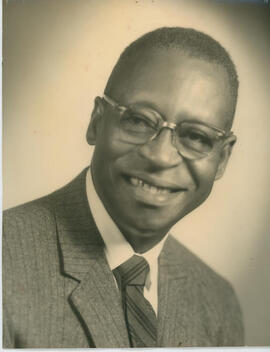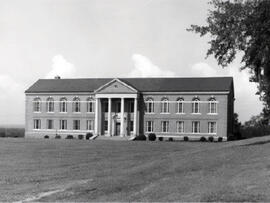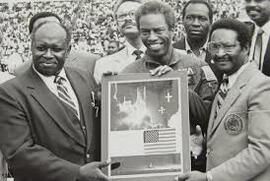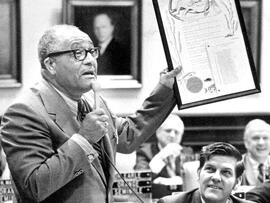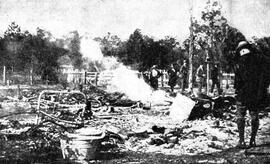"The nation’s first Black junior college, Booker T. Washington Junior College, opened in Pensacola, Florida, in 1949 on the campus of all-black Booker T. Washington High School. The two institutions shared a name, a building, and an administrator: Dr. Garrett T. Wiggins.
Dr. Garrett T. Wiggins was, at the time, the only educator in all of northwest Florida with an earned doctorate, and he served as founding (and only) president and dean of the college and principal of the high school and was known as “the smartest man in the county.”
Before landing at Booker T. Washington, Wiggins served on the faculty at Florida A&M University. He’s remembered as “an educational catalyst, dedicated to the concept that black children must realize the importance of receiving an education.”
Booker T. Washington Junior College provided many Black students with a foundation to transfer into Bethune-Cookman College, Edward Waters College, and Florida A&M University with a solid foundation in teaching, medicine, law, and theology.
In 1965, Booker T. Washington “merged” with then Pensacola Junior College, and Wiggins went on to serve as Pensacola Junior College’s Director of Research until his retirement. However, many argue the school was effectively closed, as Pensacola Junior College did not make a great effort to include the Booker T. Washington’s students or faculty into the fabric of the institution.”
